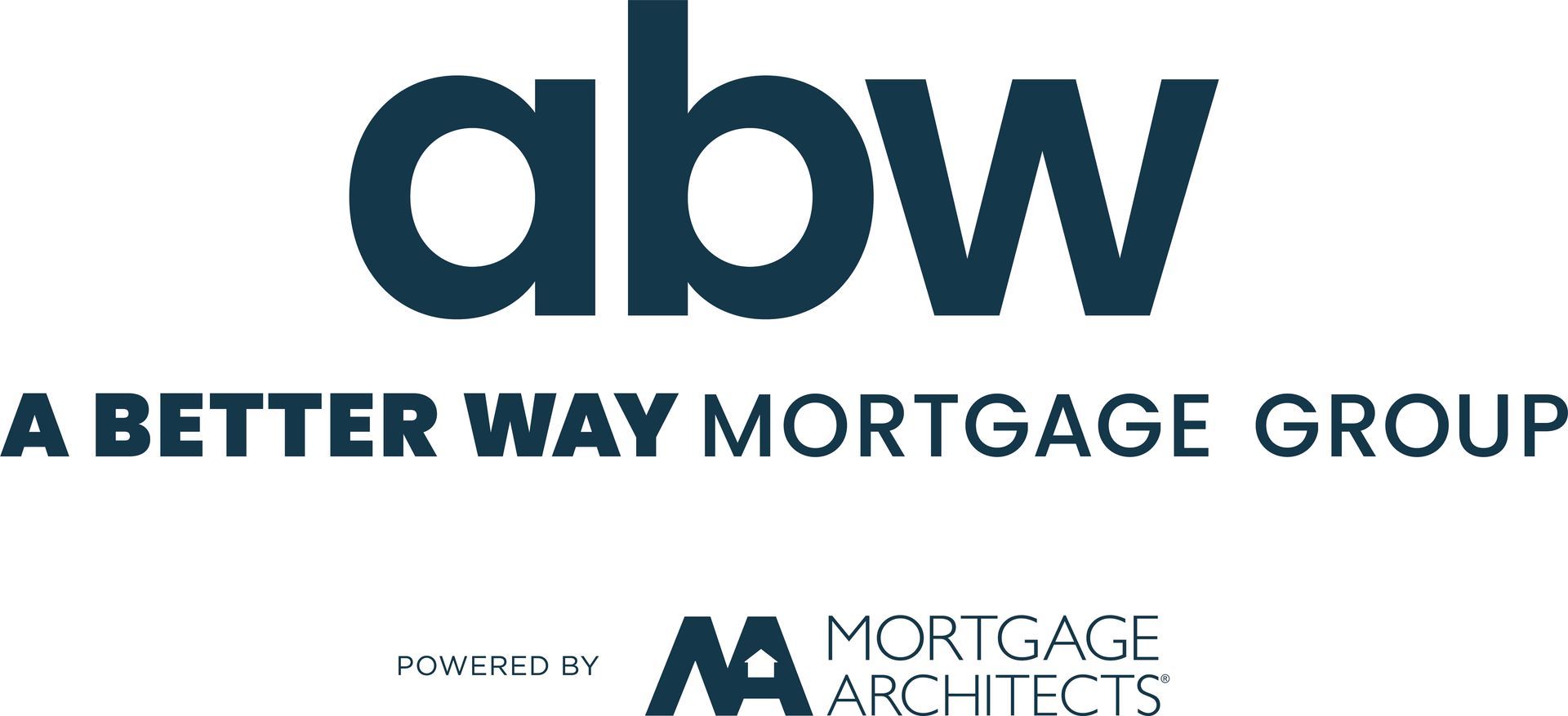From Summer Shine to Fall Fine: Smart Home Projects to Tackle Before the First Frost
Jen & Cory • August 28, 2025
As patios wind down and pumpkin spice ramps up, fall is the perfect reset for your home—and your homeowner game plan. These quick wins boost comfort, curb appeal, and efficiency now, and set you up for a low-stress winter (and a strong spring market).
1) Safety & “silent leak” checks (Weekend-ready)
- Clean gutters & downspouts. Add leaf guards where trees overhang.
- Roof scan. Look for lifted shingles, cracked flashings, or moss.
- Seal the shell. Re-caulk window/door trim; replace weatherstripping.
- Test alarms. New batteries for smoke/CO detectors; add one near bedrooms.
Why it matters: Prevent water intrusion and heat loss before storms roll in.
2) Heat smarter, not harder
- Furnace/boiler tune-up and filter change.
- Smart thermostat with schedules and geofencing.
- Draft hunt. Foam gaskets behind outlets, door sweeps on exterior doors.
ROI tip: Efficiency upgrades lower monthly bills and can improve lender ratios if you’re eyeing a refinance later.
3) Fall-proof your yard (so spring you says “thanks”)
- Aerate + overseed + fall fertilize for thicker turf next year.
- Trim trees/shrubs away from siding and power lines.
- Mulch perennials and plant spring bulbs now.
- Shut off/bleed exterior taps and store hoses to avoid burst pipes.
4) Extend outdoor season (cozy edition)
- Portable fire pit or propane heater + layered blankets.
- Path/step lighting for darker evenings (solar or low-voltage).
- Weather-resistant storage for cushions/tools to preserve value.
Neighborhood curb appeal: Warm lighting and tidy beds make a big first impression if you list in shoulder season.
5) Water management = winter peace of mind
- Re-grade low spots and add downspout extensions (2–3+ metres).
- Check sump pump (and backup).
- Look for efflorescence or damp corners in the basement.
6) Mini-renos that punch above their weight
- Entry/mudroom upgrade: hooks, bench, boot trays, closed storage.
- Laundry room tune-up: counter over machines, sorting bins, task lighting.
- Kitchen refresh: new hardware, tap, and under-cabinet lighting in one afternoon.
Budget guide: Many of these land under a micro-reno budget—perfect for a modest line of credit.
7) Indoor air quality tune-up
- Deep clean vents and dryers (including the rigid duct).
- Add door mats (exterior + interior) to catch grit/salt.
- Houseplants or HEPA purifier for closed-window months.
Fast Timeline (pin this to the fridge)
Late August–September
- Gutters/downspouts, roof/caulking, HVAC service, lawn care, plant bulbs, exterior tap shut-off plan, path lighting.
October
- Weatherstripping/sweeps, fire pit setup, organize mudroom/garage, test alarms, sump check, downspout extensions, dryer vent cleaning.
Financing smarter: make your mortgage work for your home
- Annual mortgage check-in. As rates, income, and goals evolve, a quick review can free up cash flow or open options for a small fall project budget.
- HELOC vs. top-up refinance. For bite-size projects, a HELOC can be flexible. For bigger renos you plan to pay down, a top-up refi might make more sense.
- Bundle & prioritize. Knock out the high-impact, low-cost items first (air sealing, safety, water management) before the cosmetic upgrades.
Not sure which route fits your fall plans? We’ll run the numbers and map the best financing path for your specific budget and goals.
Quick Checklist (copy/paste)
- ☐ Clean gutters/downspouts; add guards
- ☐ Roof & flashing visual check
- ☐ Re-caulk, weatherstrip, add door sweeps
- ☐ HVAC service + new filter
- ☐ Aerate/overseed/fertilize; trim trees; plant bulbs
- ☐ Path & entry lighting
- ☐ Drain/bleed outdoor taps; store hoses
- ☐ Downspout extensions; sump test
- ☐ Dryer vent cleaning
- ☐ Mudroom/garage organization
- ☐ Schedule mortgage review / discuss HELOC vs refi
Ready to make fall your low-stress season?
Book a quick fall mortgage check-up—15 minutes to see if a small credit line or a tweak to your current mortgage could cover your priority projects without straining cash flow.
Recent Posts

Bank of Canada maintains policy rate at 2.1/4%. FOR IMMEDIATE RELEASE Media Relations Ottawa, Ontario December 10, 2025 The Bank of Canada today held its target for the overnight rate at 2.25%, with the Bank Rate at 2.5% and the deposit rate at 2.20%. Major economies around the world continue to show resilience to US trade protectionism, but uncertainty is still high. In the United States, economic growth is being supported by strong consumption and a surge in AI investment. The US government shutdown caused volatility in quarterly growth and delayed the release of some key economic data. Tariffs are causing some upward pressure on US inflation. In the euro area, economic growth has been stronger than expected, with the services sector showing particular resilience. In China, soft domestic demand, including more weakness in the housing market, is weighing on growth. Global financial conditions, oil prices, and the Canadian dollar are all roughly unchanged since the Bank’s October Monetary Policy Report (MPR). Canada’s economy grew by a surprisingly strong 2.6% in the third quarter, even as final domestic demand was flat. The increase in GDP largely reflected volatility in trade. The Bank expects final domestic demand will grow in the fourth quarter, but with an anticipated decline in net exports, GDP will likely be weak. Growth is forecast to pick up in 2026, although uncertainty remains high and large swings in trade may continue to cause quarterly volatility. Canada’s labour market is showing some signs of improvement. Employment has shown solid gains in the past three months and the unemployment rate declined to 6.5% in November. Nevertheless, job markets in trade-sensitive sectors remain weak and economy-wide hiring intentions continue to be subdued. CPI inflation slowed to 2.2% in October, as gasoline prices fell and food prices rose more slowly. CPI inflation has been close to the 2% target for more than a year, while measures of core inflation remain in the range of 2½% to 3%. The Bank assesses that underlying inflation is still around 2½%. In the near term, CPI inflation is likely to be higher due to the effects of last year’s GST/HST holiday on the prices of some goods and services. Looking through this choppiness, the Bank expects ongoing economic slack to roughly offset cost pressures associated with the reconfiguration of trade, keeping CPI inflation close to the 2% target. If inflation and economic activity evolve broadly in line with the October projection, Governing Council sees the current policy rate at about the right level to keep inflation close to 2% while helping the economy through this period of structural adjustment. Uncertainty remains elevated. If the outlook changes, we are prepared to respond. The Bank is focused on ensuring that Canadians continue to have confidence in price stability through this period of global upheaval. Information note The next scheduled date for announcing the overnight rate target is January 28, 2026. The Bank’s next MPR will be released at the same time.

Ready to Buy Your First Home? Here’s How to Know for Sure Buying your first home is exciting—but it’s also a major financial decision. So how can you tell if you’re truly ready to take that leap into homeownership? Whether you’re confident or still unsure, these four signs are solid indicators that you’re on the right path: 1. You’ve Got Your Down Payment and Closing Costs in Place To purchase a home in Canada, you’ll need at least 5% of the purchase price as a down payment. In addition, plan for around 1.5% to 2% of the home’s value to cover closing costs like legal fees, insurance, and adjustments. If you’ve managed to save this on your own, that’s a great sign of financial discipline. If you're receiving help from a family member through a gifted down payment , that works too—as long as the paperwork is in order. Either way, having these funds ready shows you’re prepared for the upfront costs of homeownership. 2. Your Credit Profile Tells a Good Story Lenders want to know how you manage debt. Before they approve you for a mortgage, they’ll review your credit history. What they typically like to see: At least two active credit accounts (trade lines) , like a credit card or loan Each with a minimum limit of $2,000 Open and active for at least 2 years Even if your credit isn’t perfect, don’t panic. There may still be options, such as using a co-signer or working on a credit improvement plan with a mortgage expert. 3. Your Income Can Support Homeownership—Comfortably A steady income is essential, but not all income is treated equally. If you’re full-time and past probation , you’re in a strong position. If you’re self-employed, on contract, or rely on variable income like tips or commissions, you’ll generally need a two-year history to qualify. A general rule: housing costs (mortgage, taxes, utilities) should stay under 35% of your gross monthly income . That leaves plenty of room for other living expenses, savings, and—yes—some fun too. 4. You’ve Talked to a Mortgage Professional Let’s be real—there’s a lot of info out there about buying a home. Google searches and TikToks can only take you so far. If you're serious about buying, speaking with a mortgage professional is the most effective next step. Why? Because you'll: Get pre-approved (and know what price range you're working with) Understand your loan options and the qualification process Build a game plan that suits your timeline and financial goals The Bottom Line: Being “ready” to buy a home isn’t just about how much you want it—it’s about being financially prepared, credit-ready, and backed by expert advice. If you’re thinking about homeownership, let’s chat. I’d love to help you understand your options, crunch the numbers, and build a plan that gets you confidently across the finish line—keys in hand.


